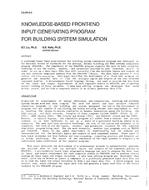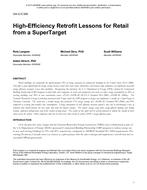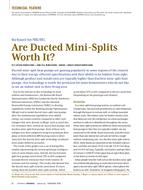Click here to purchase
Condensation-induced hydraulic shock (CIHS) is a safety issue that requires the accurate prediction of pipe rupture riskdue to the formation of a hydraulic shock. The prediction of hydraulic shock formation depends on accurate modeling of slug formation for given conditions of vapor flow rate, liquid height, liquid subcooling, and piping geometry. This paper presents results from the detailed three-dimensional (3-D)computational fluid dynamics (CFD) modeling of this problem applied to twelve different cases from the experimental study of Martin et al. (2007) with different liquid levels, vapor injection rates, and saturation conditions. The results show are markable match to experimental results in terms of slug formation, slug propagation, and also in terms of shock formation times and shock amplitudes. The results yield rich information about the mechanisms associated with the formation of interfacial waves as a function of vapor flow rates and liquid level. It also reveals the necessity of condensation to trigger the formation of a slug and the possible modes of condensation (such as interfacial/wall condensation) that result in the propulsion of the slug eventually resulting in the hydraulic shock. This is the first time such a complex problem has been successfully simulated using a 3-D compressible multiphase CFD model, demonstrating the utility of such a tool to increase the operational safety of industrial refrigeration systems.
Citation: 2020 Virtual Conference Technical Papers
Product Details
- Published:
- 2020
- Number of Pages:
- 13
- Units of Measure:
- Dual
- File Size:
- 1 file , 1.6 MB
- Product Code(s):
- D-VC-20-006


